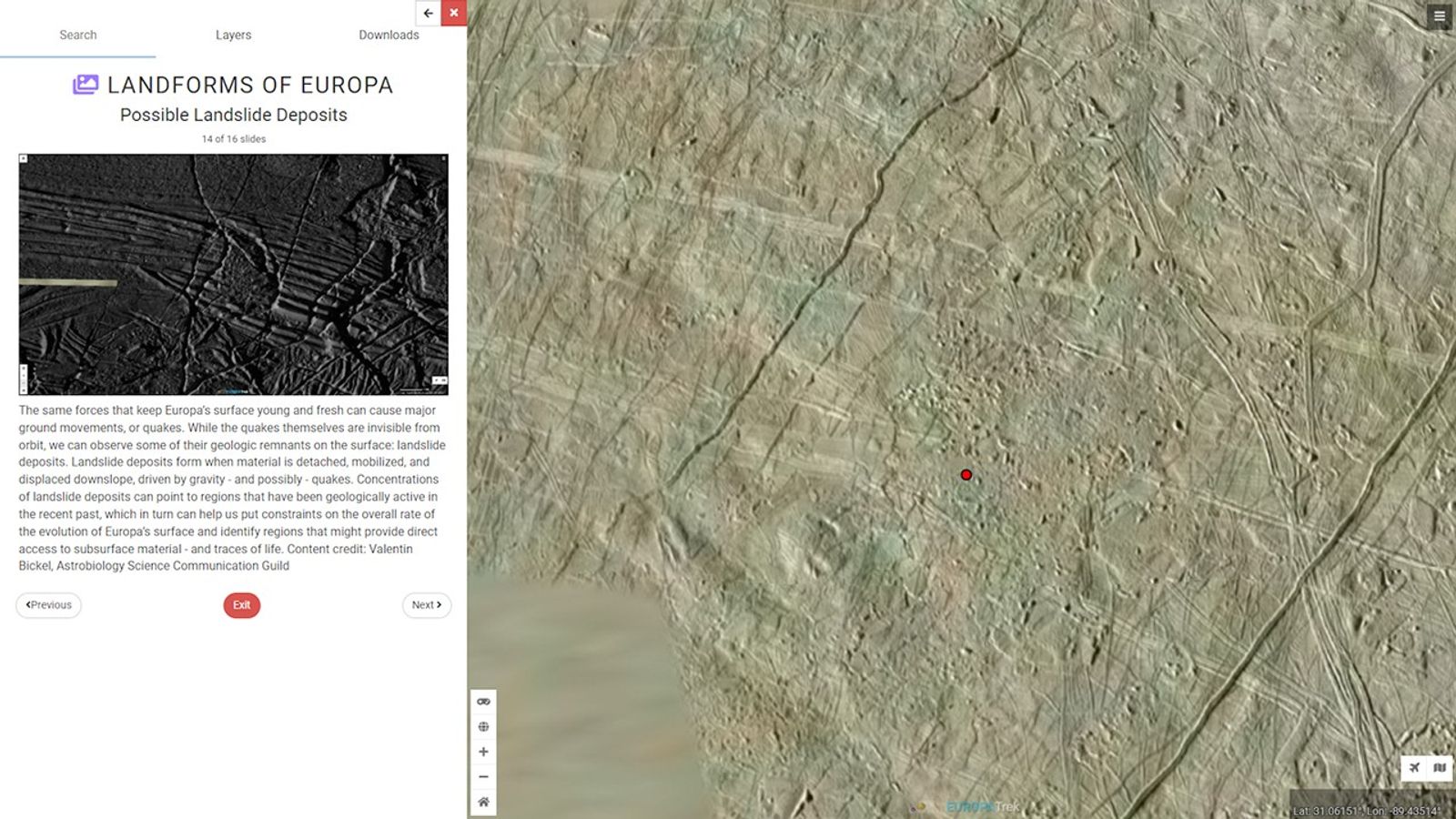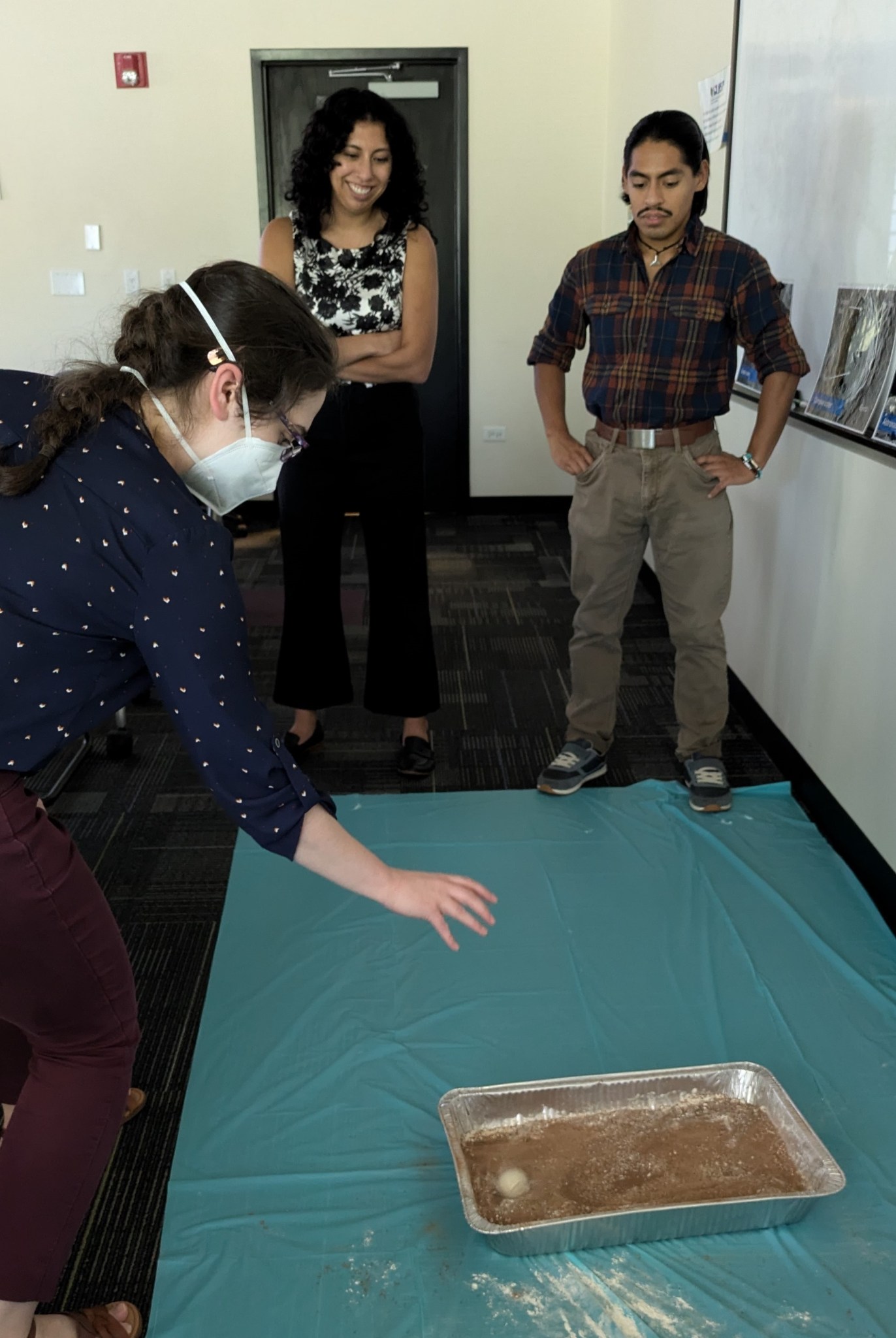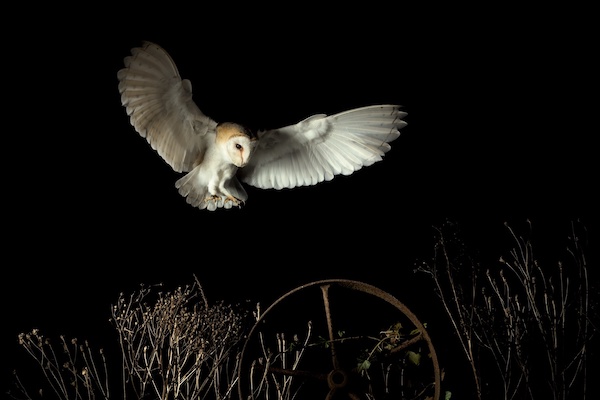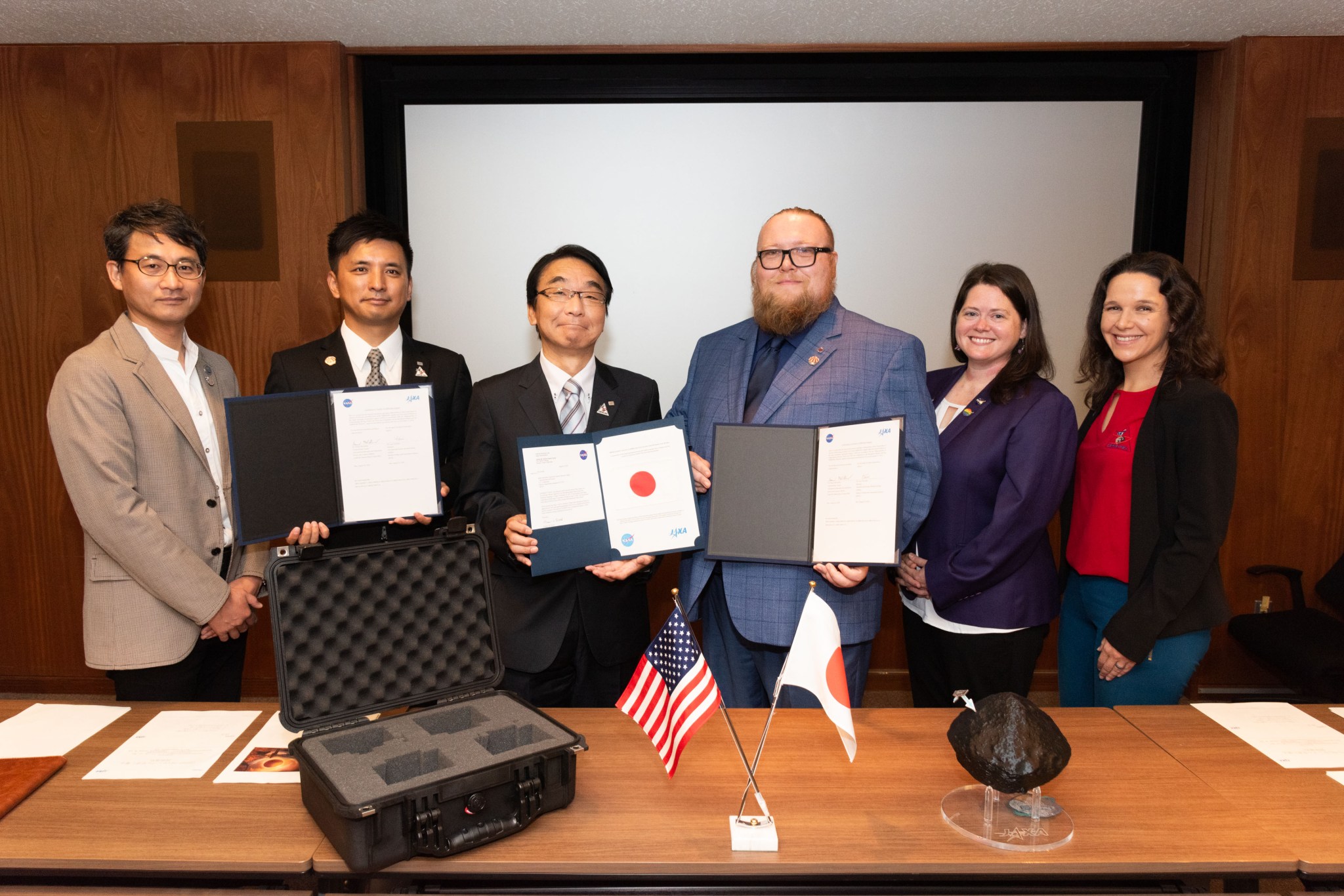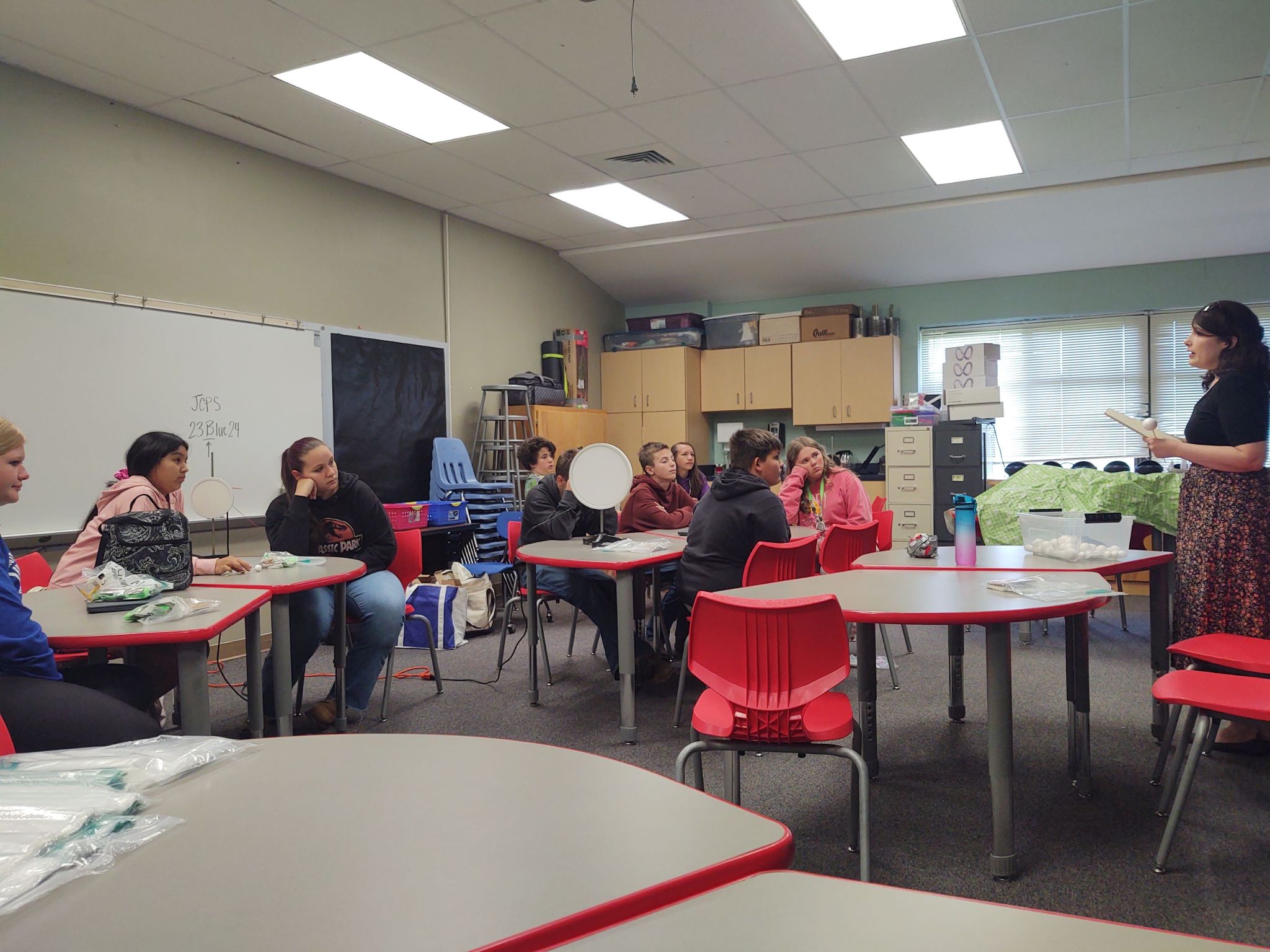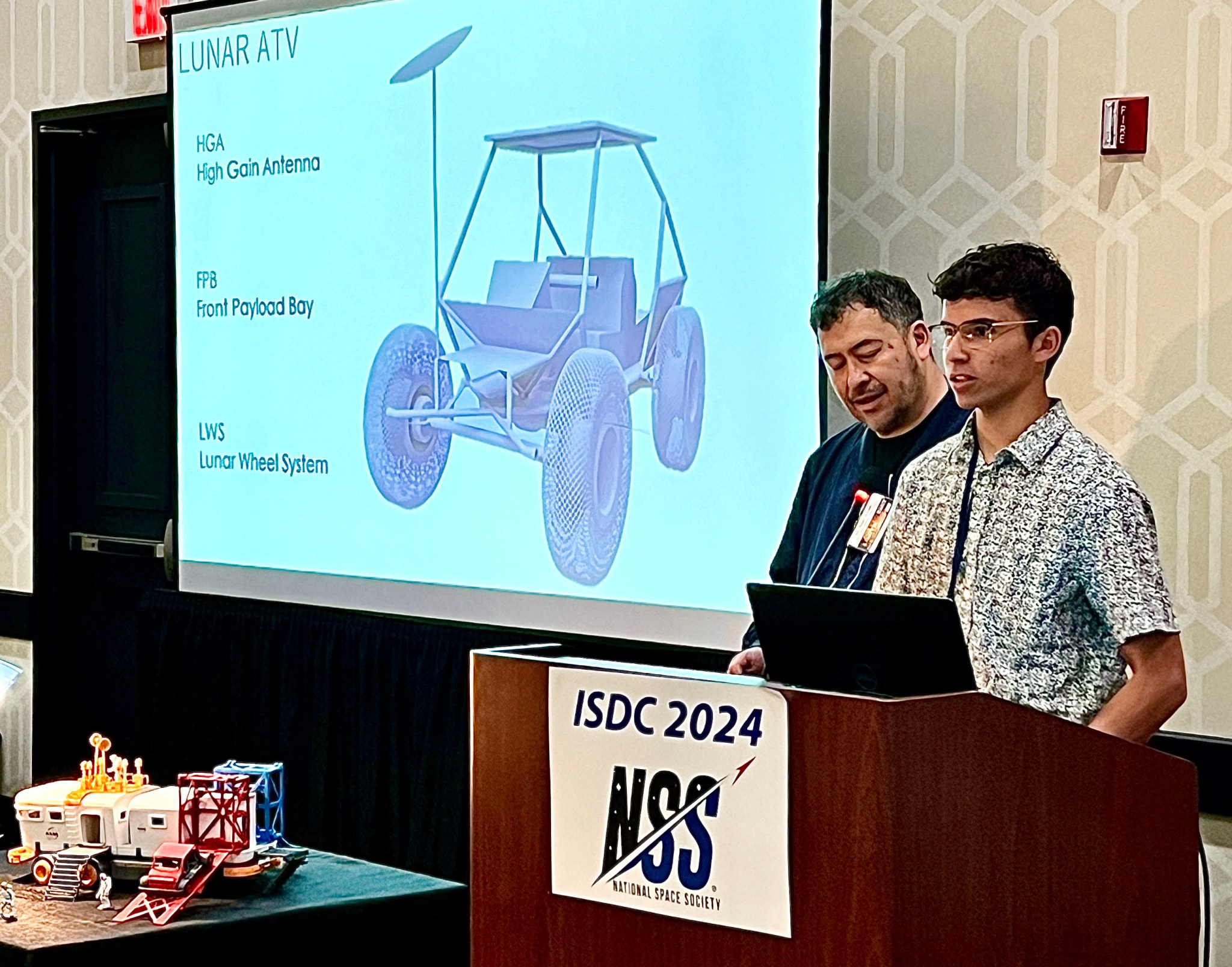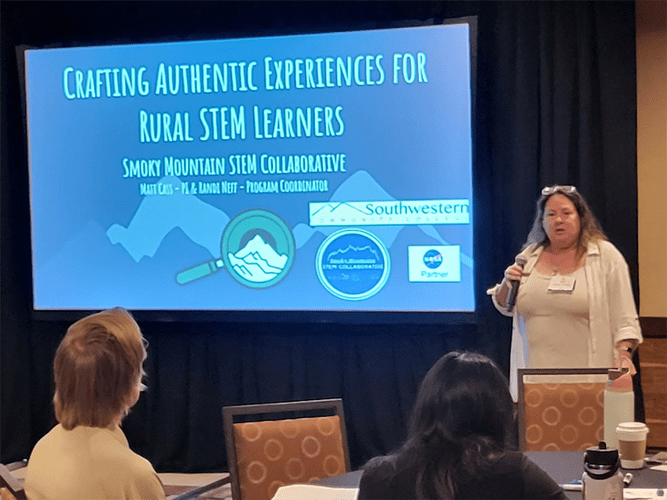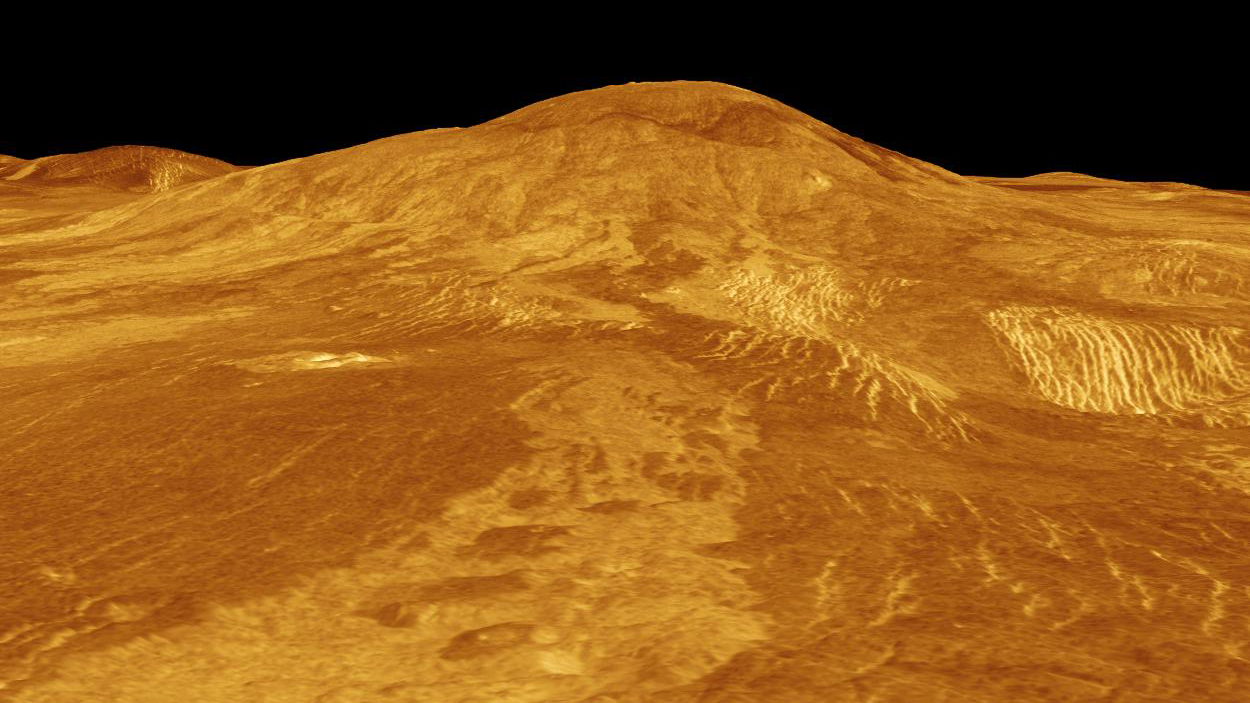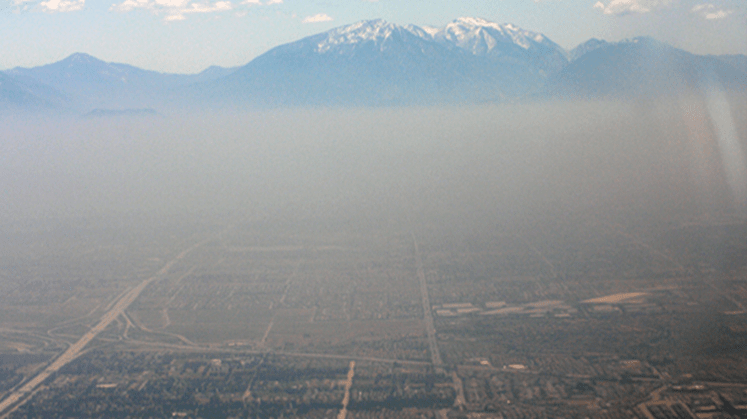Learn Home Europa Trek: NASA Offers a New… Europa Clipper Overview Learning Resources Science Activation Teams SME Map Opportunities More Science Activation Stories Citizen Science 3 min read Europa Trek: NASA Offers a New Guided Tour of Jupiter’s Ocean Moon NASA’s Europa Clipper mission is on its way to explore a moon of Jupiter that researchers believe may be one of the best places in the Solar System to search for life beyond Earth. While the spacecraft makes its more-than-five year journey to Europa, scientists, students, teachers, and the…
Read MoreTag: Planetary Science
Culturally Inclusive Planetary Engagement in Colorado
Learn Home Culturally Inclusive Planetary… Biological & Physical… Overview Learning Resources Science Activation Teams SME Map Opportunities More Science Activation Stories Citizen Science 2 min read Culturally Inclusive Planetary Engagement in Colorado In August 2024, the NASA Science Activation program’s Planetary Resources and Content Heroes (ReaCH) project held a Culturally Inclusive Planetary Engagement workshop at the Laboratory for Atmospheric and Space Physics in Boulder, Colorado for the planetary science community. These workshops are designed to enhance the ability of scientists to engage Black and Latinx youth and their families…
Read MoreEclipse Soundscapes AudioMoth Donations Will Study Nature at Night
Learn Home Eclipse Soundscapes AudioMoth… Audio Overview Learning Resources Science Activation Teams SME Map Opportunities More Science Stories Science Activation Highlights Citizen Science 3 min read Eclipse Soundscapes AudioMoth Donations Will Study Nature at Night During the April 8, 2024 total solar eclipse, approximately 770 AudioMoth recording devices were used to capture sound data as part of the Eclipse Soundscapes Project — a multisensory participatory science (also known as “citizen science”) project that is studying how eclipses impact life on Earth. Following the eclipse, participants had the option to…
Read MoreNASA Shares Asteroid Bennu Sample in Exchange with JAXA
As part of an asteroid sample exchange, NASA has transferred to JAXA (Japan Aerospace Exploration Agency) a portion of the asteroid Bennu sample collected by the agency’s OSIRIS-REx mission. The sample was officially handed over by NASA officials during a ceremony on Aug. 22 at JAXA’s Sagamihara, Japan, campus. The signature exchange for the Bennu sample transfer took place on Aug. 22, 2024, at JAXA’s (Japan Aerospace Exploration Agency) Institute of Space and Astronautical Science, Sagamihara Campus. JAXA This asteroid sample transfer follows the November 2021 exchange where JAXA transferred…
Read MoreAstro Campers SCoPE Out New Worlds
Learn Home Astro Campers SCoPE Out New… Astrophysics Overview Learning Resources Science Activation Teams SME Map Opportunities More Science Stories Science Activation Highlights Citizen Science 2 min read Astro Campers SCoPE Out New Worlds Teachers at Smokey Mountain Elementary School have collaborated with the NASA Science Activation (SciAct) program’s Smoky Mountains STEM (Science, Technology, Engineering, and Mathematics) Collaborative (SMSC) and project coordinator, Randi Neff, to create a summer camp for students who are passionate about STEM topics. What started as a small summer camp has since evolved into Astro…
Read MoreNew Evidence Adds to Findings Hinting at Network of Caves on Moon
These images from NASA’s LRO spacecraft show a collection of pits detected on the Moon. Each image covers an area about 728 feet wide. An international team of scientists using data from NASA’s LRO (Lunar Reconnaissance Orbiter) has discovered evidence of caves beneath the Moon’s surface. In re-analyzing radar data collected by LRO’s Mini-RF (Miniature Radio-Frequency) instrument in 2010, the team found evidence of a cave extending more than 200 feet from the base of a pit. The pit is located 230 miles northeast of the first human landing site on…
Read MoreNASA’s Neurodiversity Network Interns Speak at National Space Development Conference
2 min read NASA’s Neurodiversity Network Interns Speak at National Space Development Conference Two high school interns funded by NASA’s Neurodiversity Network (N3) presented their work from Summer 2023 at the recent National Space Society (NSS) International Space Development Conference (ISDC-2024), held in Los Angeles, CA (May 23-26, 2024). Both interns were mentored by Dr. Pascal Lee, Planetary Scientist at the SETI Institute and Chair of the Mars Institute, who accompanied them to the conference. Intern Finn Braun, who is now a high school junior, co-authored the paper “An ATV…
Read MoreNASA Science Activation Teams Present at National Rural STEM Summit
1 min read NASA Science Activation Teams Present at National Rural STEM Summit NASA Science Activation (SciAct) teams participated in the National Rural STEM (Science, Technology, Engineering, & Mathematics) Summit held June 4-7, 2024 in Tucson, Arizona. Hosted by Kalman Mannis of the Rural Activation and Innovation Network (Arizona Science Center) and the SciTech Institute, the summit fostered learning and sharing among organizations dedicated to creating partnerships and pathways for authentic STEM learning in rural communities. Participants included: Matt Cass and Randi Neff from SciAct’s Smoky Mountains STEM Collaborative, who…
Read MoreOngoing Venus Volcanic Activity Discovered With NASA’s Magellan Data
6 min read Preparations for Next Moonwalk Simulations Underway (and Underwater) This computer-generated 3D model of Venus’ surface shows the volcano Sif Mons, which is exhibiting signs of ongoing activity. Using data from NASA’s Magellan mission, Italian researchers detected evidence of an eruption while the spacecraft orbited the planet in the early 1990s. NASA/JPL-Caltech An analysis of data from Magellan’s radar finds two volcanoes erupted in the early 1990s. This adds to the 2023 discovery of a different active volcano in Magellan data. Direct geological evidence of recent volcanic activity…
Read MoreNASA Selects BAE Systems to Develop Air Quality Instrument for NOAA
Smog over a deep mountain valley. Credit: NOAA NASA, on behalf of the National Oceanic and Atmospheric Administration (NOAA), has selected BAE Systems (formerly known as Ball Aerospace & Technologies Corporation) of Boulder, Colorado, to develop an instrument to monitor air quality and provide information about the impact of air pollutants on Earth for NOAA’s Geostationary Extended Observations (GeoXO) satellite program. This cost-plus-award-fee contract is valued at approximately $365 million. It includes the development of one flight instrument as well as options for additional units. The anticipated period of performance…
Read More